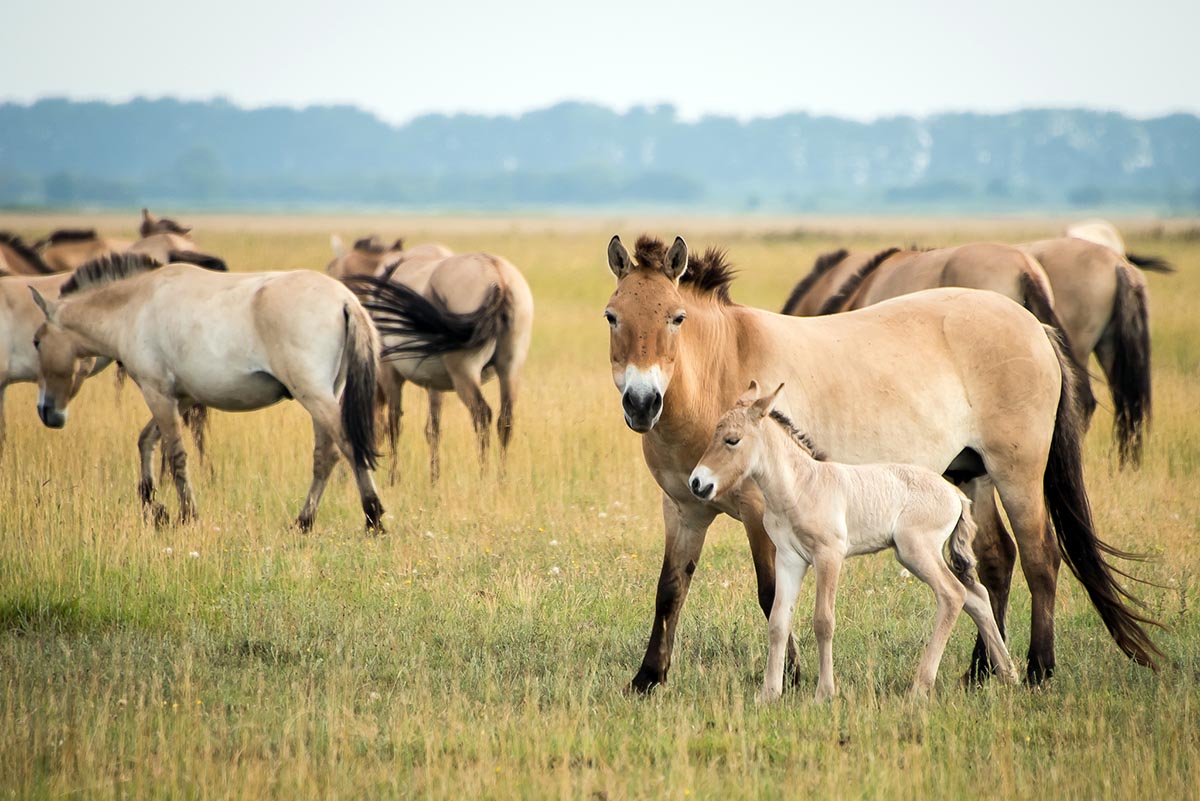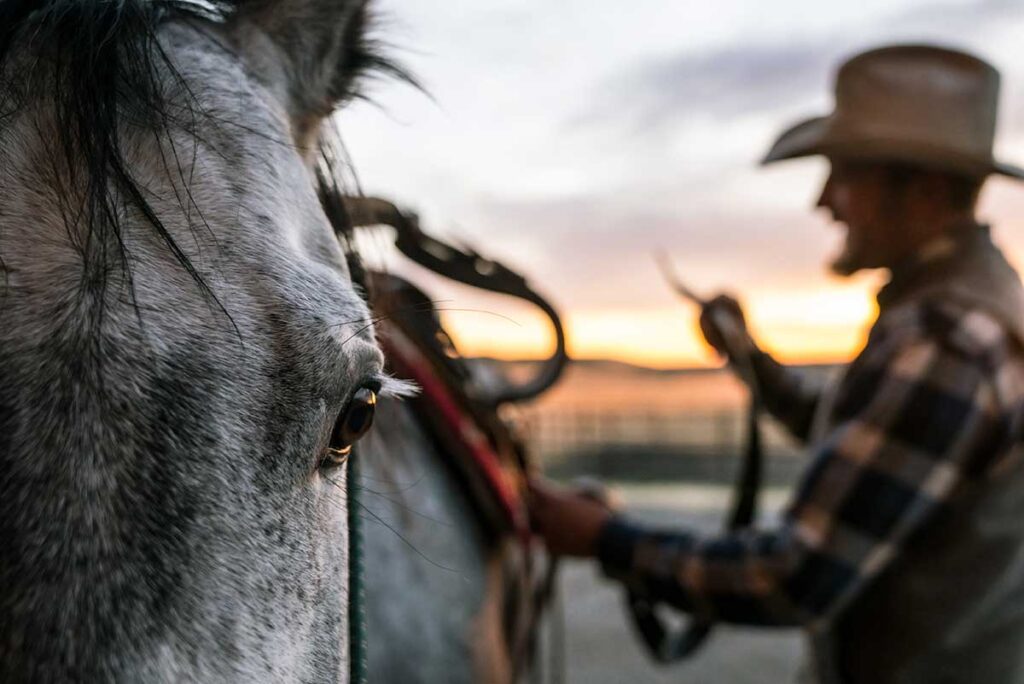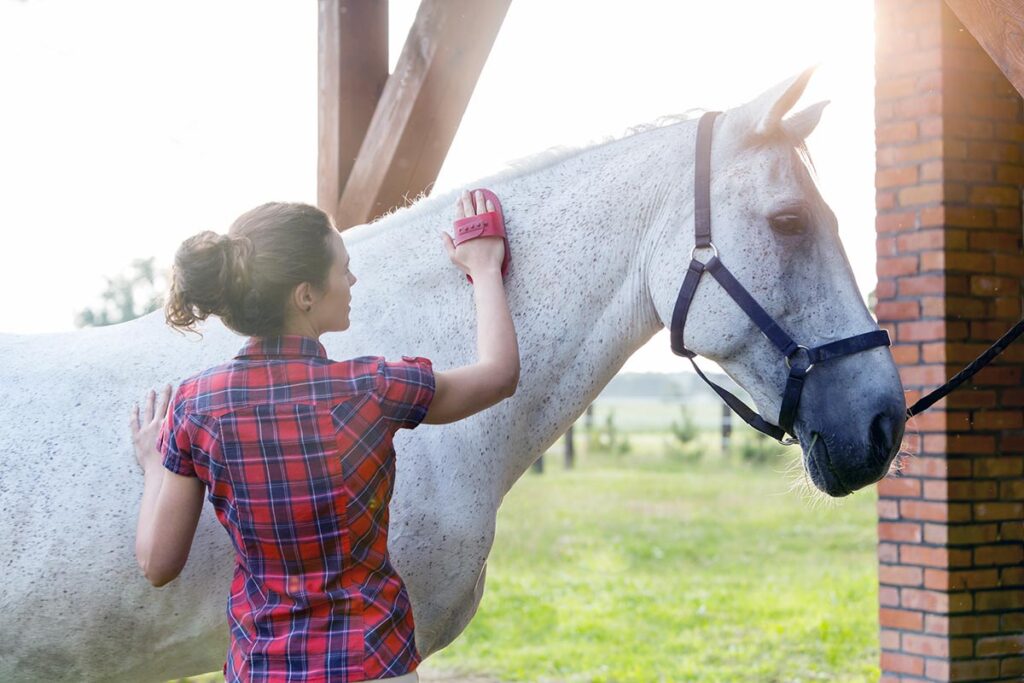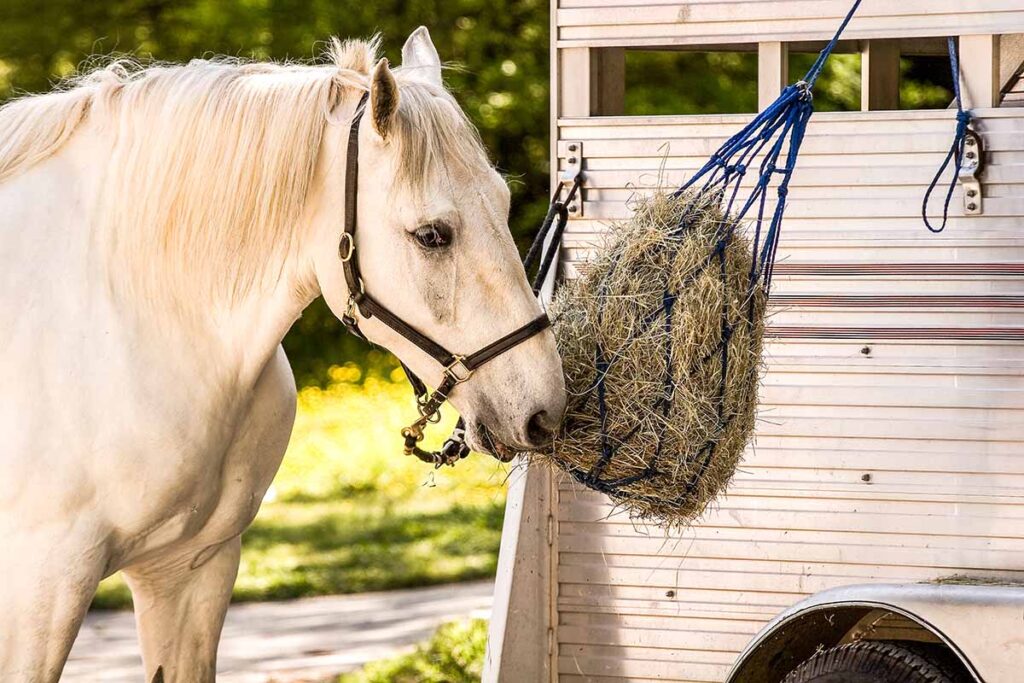Your horse—that gorgeous steed you admire, pamper, and bond with—is a work of art. Beautifully and intricately designed as a proficient athlete and an icon of nature at its best, today’s equids are prime examples of natural science, selection, and survival of the fittest. Here’s how horses evolved into the animals we know and love.
Tiny First Equids
The beginning of equids is due, in large part, to the great meteor strike in the Gulf of Mexico 66 million years ago. That impact blackened the sky with ash and debris, killing off plants and the entire food chain of large dinosaurs, thus sparking the age of small, warmblooded mammals. About 11 million years later, the fox-sized Hyracotherium roamed the great North American grasslands, browsing mostly leaves. Capable of living on small amounts of forage, these tiny first equids thrived and gradually grew larger on the recovering planet.1
As grass-eating animals grew, so did mammalian carnivores such as saber-toothed cats. Under pressure to outrun these agile mammals, horses grew taller and leaner, with good peripheral vision as well as hearing and smelling attuned to predator risks. Survivors were likely keenly attentive and vigilant, lived in social groups, and had quick-acting flight responses.2,3
Survivors were also the fastest of their kind, able to outrun their hunters. As such, horses went through an incredible transformation of their legs and feet, developing longer limbs that could swing like energy-efficient pendulums. Multiple toes became not only useless but even a burden—especially because equids did not need to grab, climb, or claw. And so, little by little, equids streamlined their limbs into one long digit to become, after millions of years, the only single-toed vertebrates in the modern world.4
How Horses Evolved Across the Globe
Equids branched out into multiple trial-and-error species throughout their history. Up until about 5 million years ago, there were more than 20 genera of equids. Then came the last Ice Age, causing a significant drop in grasslands across the globe. At about the same time, human hunters arrived on the scene. These combined threats led to the extinction of all equids in North and South America about 10,000 years ago.1
That didn’t stop equids completely, of course. A true survivor, the group had already spread over the Bering Strait into Asia. Three-toed equids such as Anchitherium and Hipparion entered Asia 23 million and 12 million years ago, respectively. Then came the ancestors of zebras and wild asses, arriving 2 million years ago. The equids that would eventually lead to our modern horses crossed into Asia 700,000 years ago. From that northeastern entry point, equids continued to evolve as they spread across the entire Old World, particularly flourishing in the grassy steppes of Mongolia, Kazakhstan, and the African Savannah.1
Equine Domestication
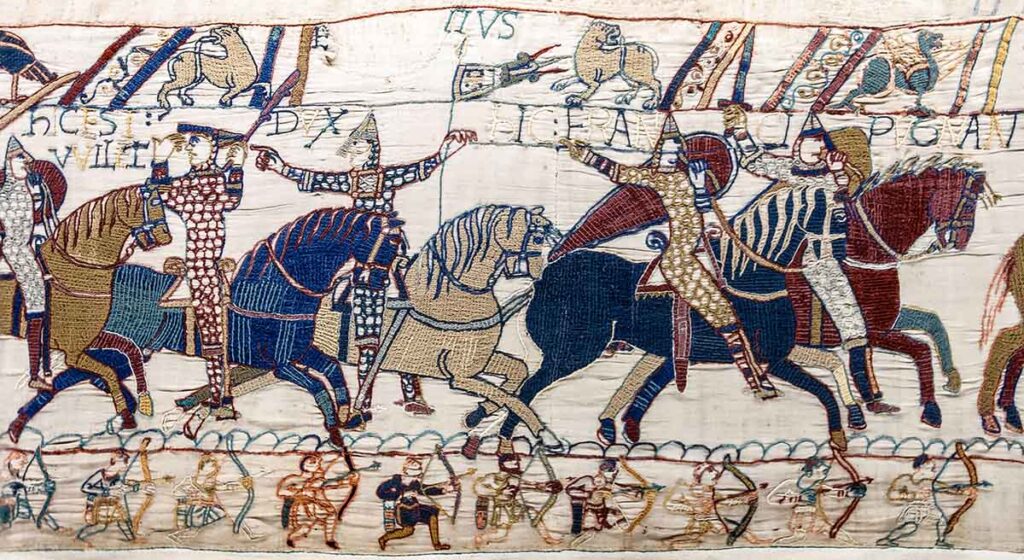
It was in Kazakhstan that horses—in their one surviving genus, Equus—began their relationship with humans. The Botai people first started herding horses about 5,500 years ago, probably for meat and milk. They eventually bred them, selecting the breeding stock that was easiest to handle—hence leading to the first domesticated horses. Over time, the Botai developed the first halters, bridles, riding saddles, and pack saddles. Although there’s no research yet to confirm it, those Botai communities likely also witnessed the first sparks of horse-human bonding. Other communities in other parts of the globe—notably, in the Iberian peninsula—appear to have later domesticated horses as well.1
From then on, horse evolution coincided with human evolution, as the two species developed side by side. Horses accompanied humans as they built cultures, traveled cross-country and cross-continent, and managed farms and machinery at home. They even rode in trans-Atlantic ships in the 15th century with European explorers, thus returning to their native North American homelands.5
The Last Wild Horses
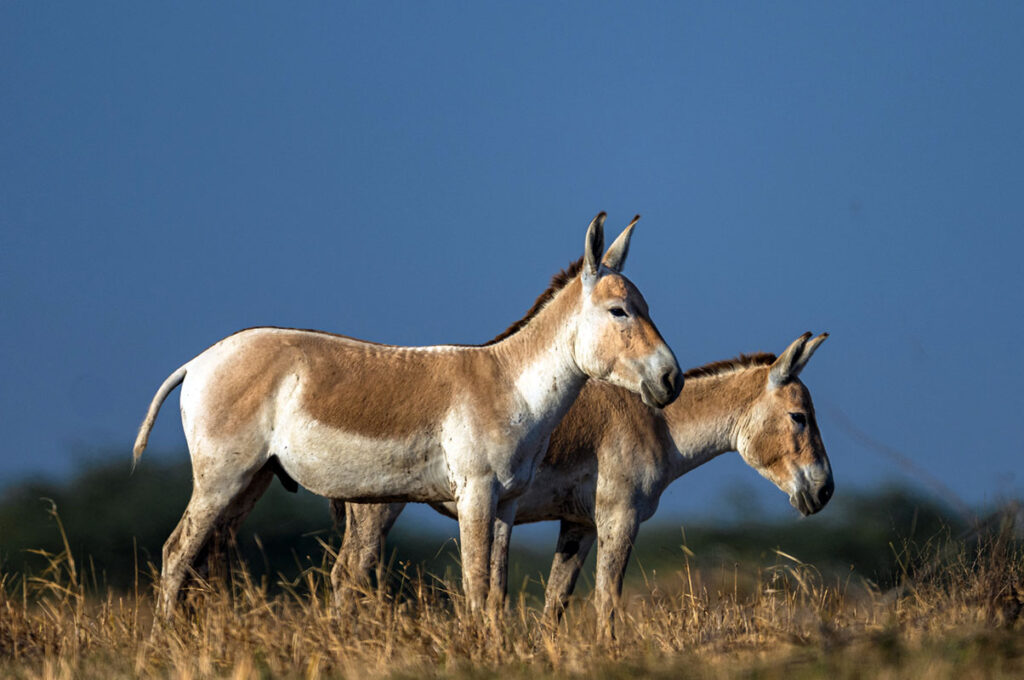
Despite their remarkable ability to adapt to different environments, wild horses have now become extinct throughout the world. Even the Przewalski’s horse—once believed to be the last surviving wild horse—is now known to be a descendant of domesticated horses from the Botai populations.6 Other free-roaming populations of horses, such as American Mustangs, Australian Brumbies, and rustic European rewilding breeds, are also the products of escaped or lost domesticated horses. Today, the only remaining wild equids are zebras and a wild donkey species called the onager.
As such, it’s possible domestication led to the survival of horses into today’s world. Through intensive trading and breeding, horses throughout the world have now “evolved” into different breeds and breed types, ranging from cold-blooded working draft horses to warmblooded sport horses to hot-blooded Arabians—the world’s oldest surviving domesticated breed. A phenomenal product of 55 million years of natural evolution and 5,500 years of human-oriented selection, the DNA of today’s horse represents a unique blend of deep-rooted genes of survival and more recently selected genes of fruitful coexistence with humans.
Christa Lesté-Lasserre, MA Passionate about horses and science from the time she was riding her first Shetland Pony in Texas, Christa Lesté-Lasserre writes about scientific research that contributes to a better understanding of all equids. After undergrad studies in science, journalism, and literature, she received a master’s degree in creative writing. Now based in France, she aims to present the most fascinating aspect of equine science: the story it creates.
References
- Orlando, L. 2015. “Equids.” Current Biology R973-R978.
- Lima, S.L. and Dill, L.M. 1990. “Behavioral decisions made under the risk of predation: a review and prospectus.” Can. J. Zool. 619-640.
- Christensen JW, Rundgren M. 2008. “Predator odour per se does not frighten domestic horses.” Appl Anim Behav Sci 136-145.
- McHorse, BK, Biewener, AA, Pierce, SE. 2017. “Mechanics of evolutionary digit reduction in fossil horses (Equidae).” Proc Biol Sci. 20171174.
- Taylor WTT, et al. 2023. “Early dispersal of domestic horses into the Great Plains and northern Rockies.” Science 1316-1323.
- Gaunitz, C. 2018. “Ancient genomes revisit the ancestry of domestic and Przewalski’s horses.” Science 111-114.
Are you enjoying this content? Sign up for My New Horse’s FREE newsletter to get the latest horse owner info and fun facts delivered straight to your inbox!

